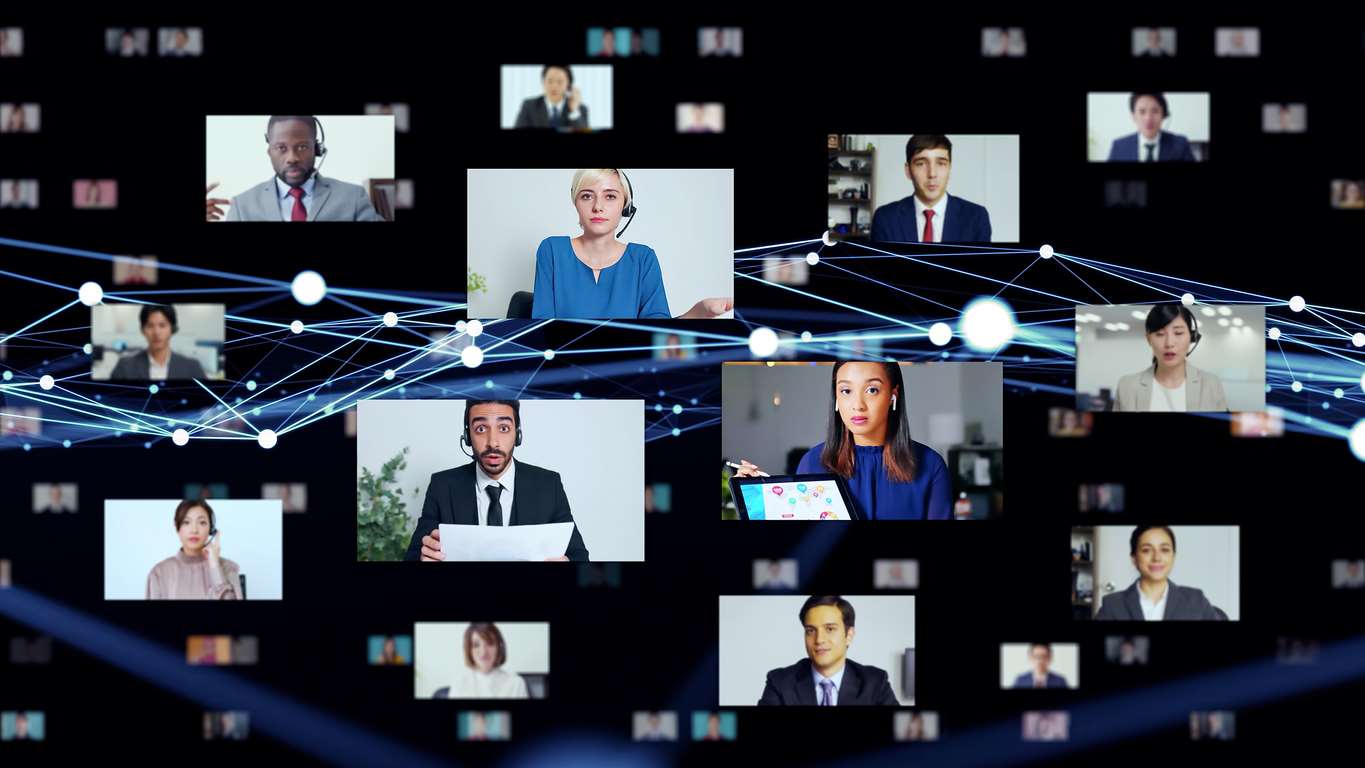According to the Bureau of Labor Statistics report for May through December 2020, 33.3% of employed workers aged 16 years and older, were working remotely due to the Covid-19 pandemic. Gallup reports workers continue to prefer the flexibility of remote or hybrid arrangements. IT pivoted quickly to support this new paradigm and found valuable partners in managed service providers (MSP). Here are five ways remote workers have changed the IT landscape forever.
5 Ways to Change IT Landscape
1- Robust information and communications technology (ICT)
Unable to gather their employees around a conference table, businesses adopted new tools to promote collaboration. Video conferencing, project management software, and real-time communications applications became ubiquitous. Vendor products accessible to remote employees came under new rigorous evaluation for their information security controls.
2- Enhanced network security
Employees began logging into business networks from any location providing WIFI access. The lack of security of these connections and their vulnerability to hackers demanded enhanced network security. IT professionals focused on employing secure VPN, robust anti-malware, and updated anti-virus applications to protect their networks from cyber-attacks.
3 - Heightened Cloud Security
Many organizations employed cloud computing systems easily accessible to their remote employees. Cybersecurity experts introduced “cloud security,” promoting multi-function authentication (MFA), real-time end-user monitoring, and privileged access management (PAM) to secure these systems.
4 - Improved End User Security
End user security became a core concern. IT departments scrambled to monitor and upgrade threat detection programs. Businesses developed policies for IT use at home as well as in the office. And ongoing cybersecurity training using online platforms heightened employee awareness of malware and phishing threats. They also adopted Single-Sign On (SSO) to lessen network vulnerability to hacking. SSO enables permitted individuals to use of one set of credentials to log in and access all applications.
5 - Expanded IT Support
Remote workforces presented IT support with new challenges. How would the staff communicate with employees? How would they keep devices and software updated and resolve issues quickly? IT teams pivoted to 24/7 service to accommodate employees’ flexible schedules. They moved applications to the cloud to ease data backup and restoration and to deploy software updates seamlessly. IT support adopted real-time monitoring to address remote device issues and introduced messaging apps for enhanced communication with employees.
A Comprehensive Solution
These changes put increased demands on IT staff. Fortunately, businesses found valuable partners in
managed service providers (MSP) who lifted the load. Their IT professionals, familiar with the latest ICT, cybersecurity, and support applications, met the challenges of the hybrid and remote work arrangements.
Yes, remote work has changed the IT landscape, strengthening it in many ways. Thankfully, MSPs have enabled businesses to adapt and thrive in the changing environment.

